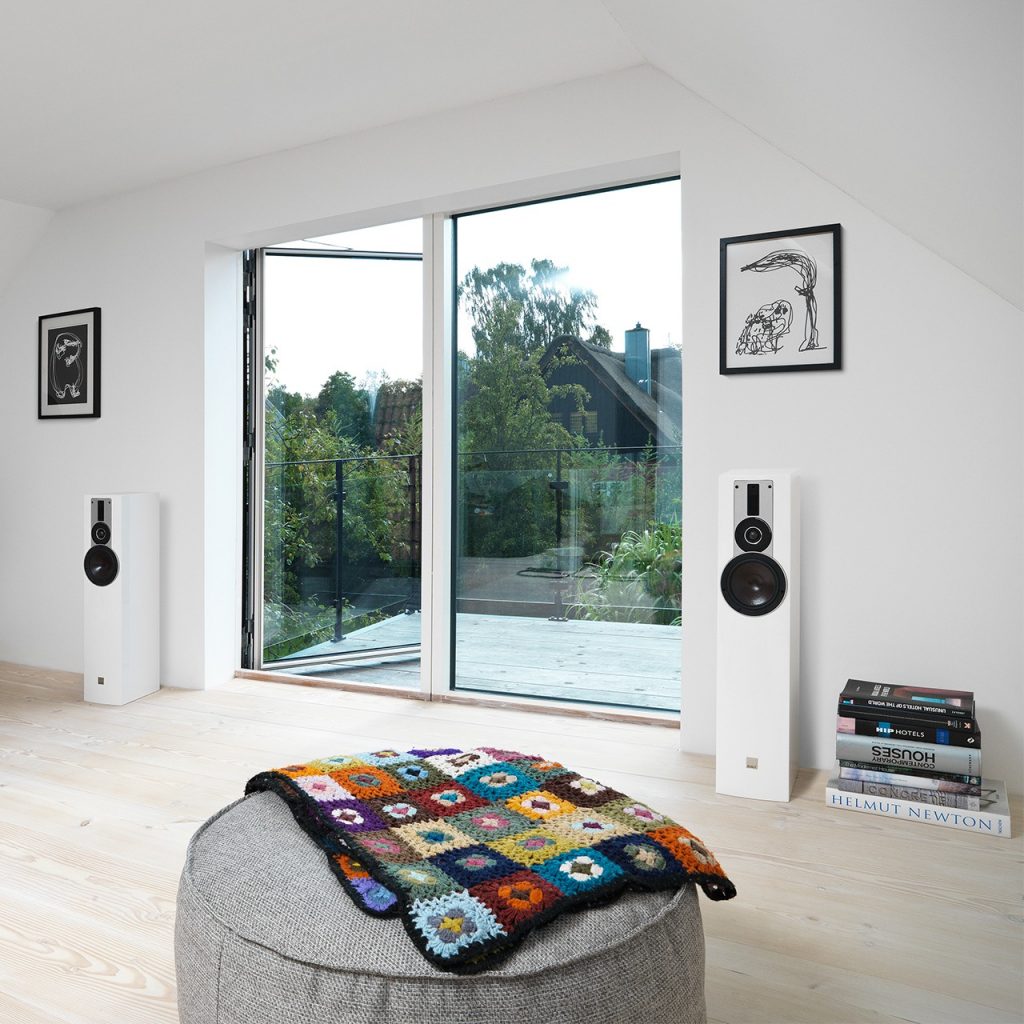Active absorption can be understood as an instrument for actively influencing the low frequencies in a room. Room modes at low frequencies behave as a minimum-phase phenomena. This means that there is a relation between the pattern of a frequency response and the behavior in the time domain.
A prominent peak in the frequency domain will be heard as a boom and a longer decay in the time domain. A reasonable decay for listening rooms at home would be around 350 ms.
Therefore, treating room resonances in the frequency domain will affect the behaviour in the time domain. Reducing a bump in the frequency response will effectively reduce a booming sound.
Room modes due to reflections combining with the direct sound of the speaker are an issue up to the transition frequency where the room significantly affects the sound of the loudspeaker which mostly result in isolated sound energies.

Above the transition frequency, active room optimization has less importance since the room has little effect on the loudspeaker performance.
For obtaining the transition frequency for a specific room see section two in figure 1. The transition frequency for a small home theater will most likely be between 200 and 400 Hz. Room mode cancellation and seat to seat optimization by means of active room optimization will be discussed starting with the following recommendations.
Optimization through:
- Appropriate subwoofer arrangements
- Active absorption by means of reverse sound reproduction
- Correction by using non-linear bass synthesis
- Equalization and adjustments of the loudspeaker power output
- Signal processing with optimization algorithms based on acoustic measurements
In this post, we explored two types of sound absorbers that are effective in controlling sound reflections; Other types of these absorbers and the things that need to be mentioned to improve the sound will be published in future posts. These will pave the way for creating a home theater of the highest quality.
In this post, we explored two types of sound absorbers that are effective in controlling sound reflections; Other types of these absorbers and the things that need to be mentioned to improve the sound will be published in future posts. These will pave the way for creating a home theater of the highest quality.



